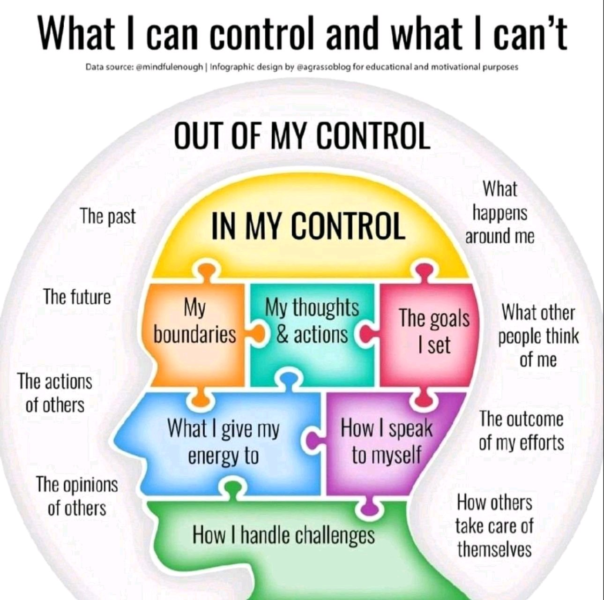
Nick Cave answers his fans questions, beautifully, on a regular basis. Below is his Nov 2022 “The Red Hands Files” post. It reminds me of the Craig Ferguson quote I have posted in my kitchen: “Does this need to be said? Does this need to be said by me? Does this need to be said by me – right now?
Enjoy.
Best, Vicki
The Red Hand Files
ISSUE #212 / NOVEMBER 2022
Is it better to keep quiet, or to speak one’s mind?
LAURA, RICHMOND, USA
I have heard you mention ‘good faith conversations’ several times now. What is a good faith conversation and how do you have one?
RAY, LEWES, UK
Dear Laura and Ray,
A good faith conversation begins with curiosity. It looks for common ground while making room for disagreement. It should be primarily about exchange of thoughts and information rather than instruction, and it affords us, among other things, the great privilege of being wrong; we feel supported in our unknowing and, in the sincere spirit of inquiry, free to move around the sometimes treacherous waters of ideas. A good faith conversation strengthens our better ideas and challenges, and hopefully corrects, our low-quality or unsound ideas.



